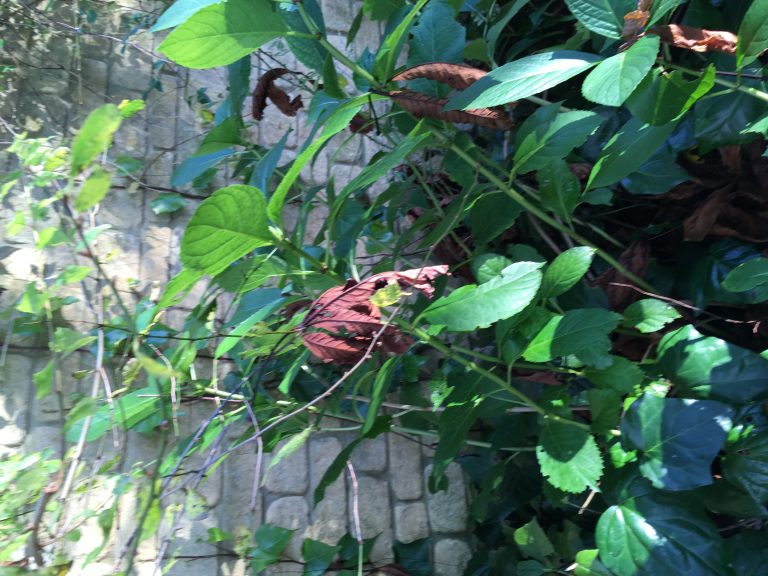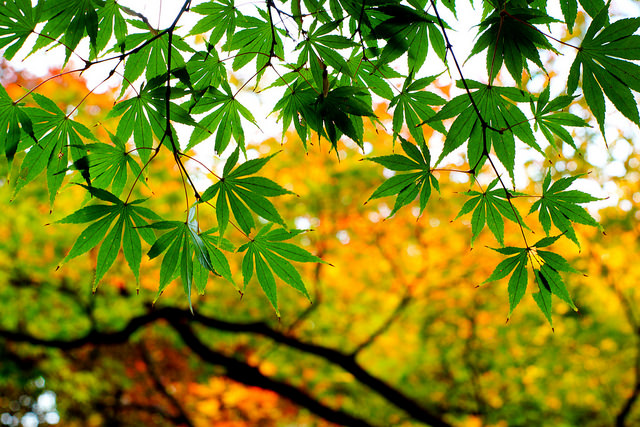‘Death is not extinguishing the light; it is putting out the lamp because dawn has come.’
Rabindranath Tagore
I hesitated to use the word ‘ritual’ in this blog post. I’ve noticed some people associate that term exclusively with indoctrinated religious rites. Then, they do not see ritual as something creative and evolutionary that might be helpful to them if they are not religious practitioners. While rituals are used to varying degrees in world religions, they are not only about religious, or even spiritual, activity. A ritual is simply an action with meaning and we can choose the action and what meaning to give it.
Why use a ritual if it is not connected with religious practice? At times of transition, such as when we are grieving a loss, a ritual can help to focus and ground us, to bring us back to ourselves. At a time when our emotions might be running riot and our minds might be feeling chaotic, they can offer us a safe haven for a few moments or longer, a refuge wherever we are. This is not the same as creating a distraction for ourselves, which would keep us from addressing the process of grief. A ritual supports us in addressing our mourning in ways that are self-loving and self-compassionate.
Intentions and Principles
A first point of focus when creating a ritual is to set at least one intention for it, so that we’re clear with ourselves on our reasons for performing the ritual and the needs that it’s designed to meet. For personal rituals, overall intentions might be to:
- nourish you on all levels
- self-parent (i.e. to provide the loving care and attention to yourself that any functional parent would bestow on a child)
- remind you of what’s most important to you
- ground you and provide stability.
It’s easy to spot where in your life a ritual might be beneficial – it’s anywhere where you’re starting to feel out-of -sync with yourself.
For example, it is quite usual for sleeping and eating patterns to be disrupted by grief. So, you might choose to focus on one of these. Let’s take sleep. A bedtime ritual to improve the quality of your sleep might be to:
- Turn off all devices and disconnect from screens
- Take a warm shower
- Dress in comfortable nightwear
- Have a hot milky drink
- Get into a warm, comfortable bed.
However, that series of actions doesn’t become a ritual, or collection of rituals, until we carry them out with a certain presence. It’s important how we are, ie. what the quality of our being and actions is as we carry them out. Rituals need to be bestowed with:
- mindful intention. e.g. ‘May this hot drink soothe my nerves, warm my insides and provide me with comfort.’ (Notice how this identifies and meets several human needs).
- calm and peace (If this doesn’t come easily, try deepening and slowing your breathing)
- personal speed of action set to ‘slow’
- respect i.e. a reverence for life itself and acceptance and appreciation for how that shows up in you.
- love
In being aware of our state during rituals, we reduce the risk of slipping into simply going through the motions or acting through rote. Rituals can be designed to enact a higher consciousness than that, one that transcends anything the ego can imagine. This is what renders a personal grief ritual potentially life-changing.
You might like to create a peaceful and loving environment around you – a sacred space – as you prepare for your ritual. If you are treating your ritual as a spiritual practice, then evoking divine assistance e.g through prayer, could also form part of it. Senses can become enhanced during rituals, so dimming lights or shifting to candlelight, using favourite essential oils in a vapourisier (or simply dripped onto one or two tissues place in the room), playing peaceful, reflective music can all help to set a scene that is supportive.

If you’re entering this New Year in grief, may you find rituals to support and guide you as the dawn beckons.




